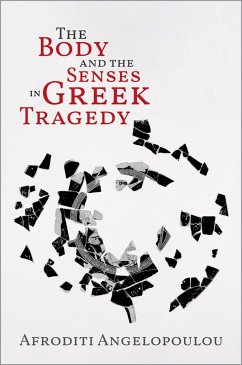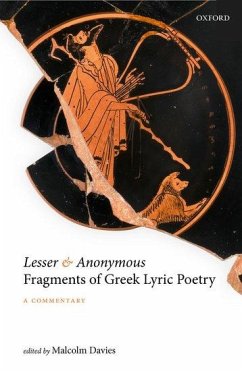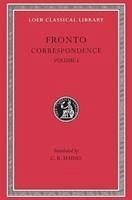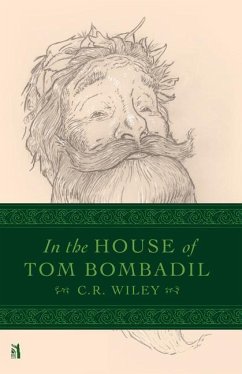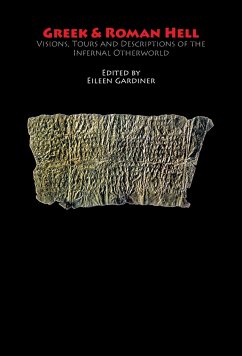
Greek & Roman Hell
Visions, Tours and Descriptions of the Infernal Otherworld
Versandkostenfrei!
Versandfertig in über 4 Wochen
32,99 €
inkl. MwSt.

PAYBACK Punkte
16 °P sammeln!
The literary texts of the ancient Mediterranean present a fairly clear picture of an underworld and bear witness to the changes in its nature and purpose. The strong stamp of Hesiod and Homer defines the geography and inhabitants of later underworld descriptions. Plato and the mystery religions leave their mark on the genre, while satirical and comic works provide us with a totally different perspective on ancient beliefs. Works written during the long interval between the Iliad and the Odyssey (c.700 bce) and the works of Lucian of Samosata (2nd century ce), a span of almost a millennium, sho...
The literary texts of the ancient Mediterranean present a fairly clear picture of an underworld and bear witness to the changes in its nature and purpose. The strong stamp of Hesiod and Homer defines the geography and inhabitants of later underworld descriptions. Plato and the mystery religions leave their mark on the genre, while satirical and comic works provide us with a totally different perspective on ancient beliefs. Works written during the long interval between the Iliad and the Odyssey (c.700 bce) and the works of Lucian of Samosata (2nd century ce), a span of almost a millennium, show a remarkable consistency in terms of the underworld's physical features and denizens. They also provide a backdrop to the significant changes in Greco-Roman understandings of the nature of the soul and thus the fate of the dead in the otherworld. This anthology includes seventeen texts that range from epic poems by Homer and Virgil to plays by Aristophanes and Seneca, dialogues by Plato, and satirical pieces by Lucian of Samosata, and to novels and narrative poems. It provides a comprehensive overview of the nature of Greek and Roman hell. Greek & Roman Hell is published in conjunction with Eileen Gardiner's www.Hell-on-Line.org, a website that presents a cross-cultural collection of materials on the more than 100 visions, tours and descriptions of the infernal otherworld from around the world, dating from 2000 bce to the present. Preface, introduction, glossary, notes, bibliography & web resources. Illustrated.




